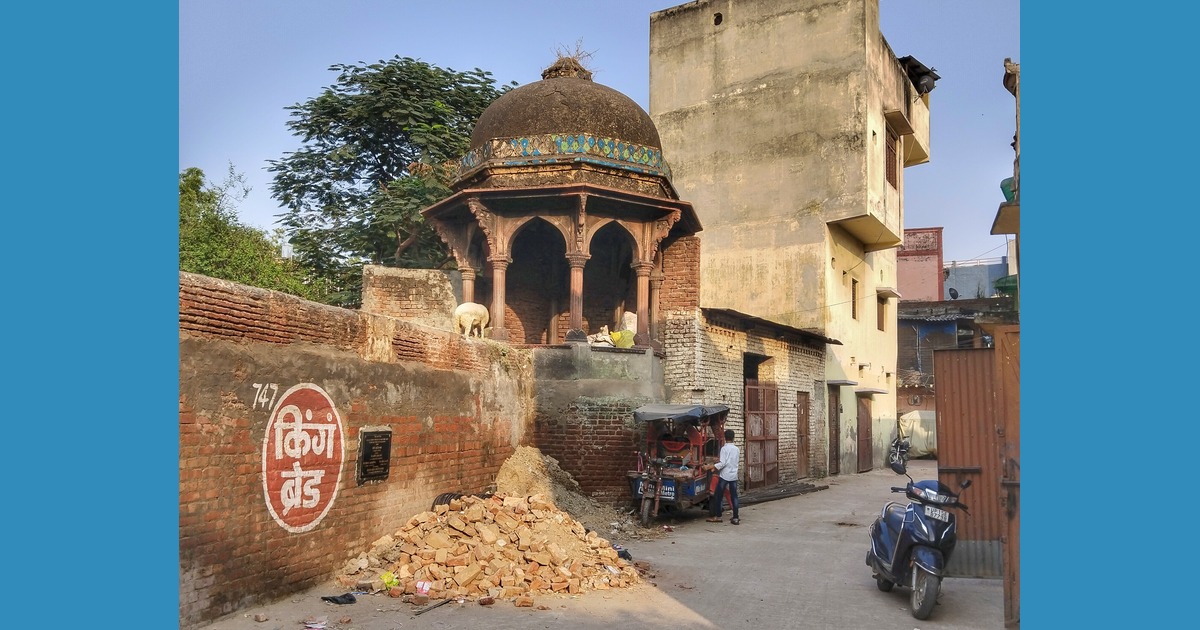
Mount Everest stands as the ultimate challenge for climbers worldwide, boasting an imposing height of 8,849 meters above sea level. Since Tenzing Norgay and Sir Edmund Hillary's historic ascent 71 years ago, over 6,600 individuals have conquered its peak. However, Everest's treacherous conditions, including thick clouds, freezing winds exceeding 160 km per hour, life-threatening snowstorms, and frequent avalanches, make it an inherently dangerous endeavour.
Historical Perspective: Mount Everest's Grim Statistics
Records dating back to 1922 reveal a sobering truth: at least 322 individuals have lost their lives on Mount Everest, according to The Himalayan Database. The average annual death rate has spiked to 6.4 since the dawn of the 21st century, underscoring the enduring risks climbers face.
Health Hazards: Battling the Elements and Altitude
The perilous conditions on Everest pose myriad health risks for climbers. Acute Mountain Sickness (AMS), exhaustion, non-AMS illnesses, and exposure to extreme elements frequently lead to fatalities. Additionally, high-altitude pulmonary edema and high-altitude cerebral edema pose significant threats to climbers' well-being, further compounding the dangers they encounter.
Examining Climatic Influences and Overcrowding
Yuba Raj Khatiwada, director of Nepal's tourism department, points to climate change as a primary factor exacerbating the risks associated with Everest expeditions. "The main cause is the changing weather... Climate change is having a big impact in the mountains," he asserts. Despite this acknowledgment, Khatiwada refutes claims that overcrowding contributes to the escalating fatality rate, maintaining that the issuance of a record-high 479 permits last year was justified.
Debating the Role of Novice Climbers
Ang Norbu Sherpa, president of the Nepal National Mountain Guide Association, holds a divergent view, attributing the surge in fatalities to overcrowding fuelled by inexperienced climbers. He asserts, "The climbing pattern has changed... now it is a lot of novice climbers who want to get to the summit of Everest." This sentiment is echoed by seasoned mountain guide Allan Cohrs, who contends that Everest is no place for novices, citing the dangers posed by inexperienced climbers pushing themselves beyond their limits.
Navigating the Controversies Surrounding Everest
The debate over the management of Everest expeditions rages on, with stakeholders divided over the root causes of the escalating death toll. While some point to climate change and overcrowding as primary culprits, others emphasise the dangers posed by inexperienced climbers seeking to conquer the world's tallest peak. As the allure of Everest continues to draw aspiring mountaineers, the need for stringent regulations and comprehensive safety measures becomes increasingly apparent.
Challenges Ahead: Ensuring Safety Amidst Adversity
As fatalities on Everest reach alarming levels, stakeholders must prioritize safety and sustainability in managing expeditions to the world's highest summit. From implementing stricter permit regulations to enhancing training requirements for climbers, concerted efforts are needed to mitigate the inherent risks of high-altitude mountaineering. Only through collective action and a commitment to responsible exploration can Everest's allure be preserved without sacrificing human lives to its unforgiving slopes.
Popular Categories
Read More Articles
Travel and Tourism
Meerut’s vanishing heritage: Why its mughal treasures are crumbling away by Mohammed M. Raza November 19, 2025Business
Hafele Valeriya Dishwasher: The New Standard in Kitchen Hygiene by Awadh 360° Desk November 14, 2025Entertainment
Banaras gave me the notes, Bhatkhande polished them: Bhojpuri singer Sarita Tiwari by Awadh 360° Desk November 10, 2025Travel and Tourism
Statue of Unity Sets New Tourist Footfall Record as PM Modi Hails Vallabhbhai Patel's Legacy by Awadh 360° Desk October 31, 2025



